This book is dedicated to:
Muhtadi and Mustafa, who were born in, and are being brought up and educated in, England.
And to Shelly, who was born in, and brought up and educated in, Dhaka, Bangladesh.
May the East and the West continue to cooperate to promote knowledge and understanding for the benefit of humanity.
The Muslim Heritage of Bengal: The Lives, Thoughts and Achievements of Great Muslim Scholars, Writers and Reformers of Bangladesh and West Bengal
First published in England by
Kube Publishing Ltd
Markfield Conference Centre
Ratby Lane, Markfield,
Leicestershire LE67 9SY
United Kingdom
Tel: +44 (0) 1530 249230
Fax: +44 (0) 1530 249656
Website: www.kubepublishing.com
Email:
Muhammad Mojlum Khan, 2013
All rights reserved
The right of Muhammad Mojlum Khan to be identified as the author of this work has been asserted by him in accordance with the Copyright, Designs and Patents Act, 1988.
Cataloguing-in-Publication Data is available from the British Library
ISBN 978-1-84774-059-5 casebound
ISBN 978-1-84774-052-6 paperback
ISBN 978-1-84774-062-5 ebook
Book Design

Illustration: Fatima Jamadar
Cover Design

Typesetting: Nasir Cadir
Printed by: IMAK Ofset, Turkey
 | INTRODUCTION |
THE PIONEERING ROLE played by early Muslim rulers, scholars and masses in promoting a culture of learning, exchange and understanding between the different communities of Bengalespecially between the Muslims and Hinduswas nothing short of remarkable. Yet, the majority of the Hindu and Western historians have failed to acknowledge this fact in their works. Thanks to the remarkable efforts of Muslim scholars and historians, however, this important chapter in the history of medieval Bengal has been carefully analysed and preserved for the benefit of posterity.
Soon after the publication of The Muslim 100 (2008) I turned my attention to the Muslim history and heritage of Bengal. An awareness of the increasing number of people of Bangladeshi origin in Europe, America and Canada, coupled with the fact that the majority of these people (especially those born and being brought up in the West) knew little about their family history, culture and heritage, prompted me to undertake this research. The need for good quality literature on this subject that is written in a language and format that is relevant and easy to understand has been felt for a long time. I have written this book to fill that gap.
Thanks to the success of The Muslim 100, the decision to write a book on the Muslim history and heritage of Bengal was not a difficult one to make. However, I had no intention of writing yet another standard, narrative political history of Bengal: for there is no shortage of such books in Bengali. Instead, using the same approach as The Muslim 100, here I have explored the Muslim history and culture of Bengal through the lives, thoughts and achievements of 42 prominent Muslim scholars, writers and reformers of Bangladesh and the Indian state of West Bengal, for the benefit of the present and future generations (especially those living in the West).
My approach to the subject is different from that pursued by the other scholars and historians of the past and present. The existing literature on the Muslim history and culture of Bengal has been written from secular, nationalist, sectarian or political perspectives, or under the influence of an inherently partialif not actually flawedOrientalist theoretical framework, which regards the history of the Muslims of Bengal as no more than a footnote to a greater India-centric view of the subcontinent. This approach is not only reflected in the writings of the Hindu historians (such as Sir Jadunath Sarkar and R. C. Majumdar), but also, to a lesser extent, in the works of the Muslim historians (such as I. H. Qureshi and A. M. Zaidi). In contrast, the members of the Dani School of History have made a concerted effort to move away from an India-centric view of the subcontinent, only to embrace a narrow Pakistan-centric view. As a result of these approaches, the Islamic approach to understanding and interpreting the Muslim history of the subcontinent in general, and of Bengal in particular, has been overlooked, if not deliberately ignored.
In this book, I move beyond the prevailing ideological interpretations by pursuing an Islamic approach to understanding the Muslim history and culture of Bengal. The reason for this is that Bengali-speaking Muslims as a group consists of around 200 million people, making it one of the largest linguistic groups in the Muslim world (second only to the Arabs). Thus, although the Bengali-speaking people are a minority in the subcontinent, the Muslims of Bengal are far from being a minority in the ummah (global Islamic community). Accordingly, reasserting the Muslim-ness of their identity along with their Bengali-ness is the key to defining their religious and cultural identity as one of the largest linguistic groups in the global ummah. For this reason, there is an urgent need for pursuing a clear, unequivocal and unapologetic Islamic approach to the history and culture of the Muslims of Bengal. This book is a small step in that direction.
However, selecting only 42 personalities from the Muslims who lived from the beginning of the thirteenth to the early twentieth century was not an easy task, as I had already discovered while researching and writing The Muslim 100. In this book, I have deliberately focused on those people who have, in one way or another, made substantial and lasting contributions to the development, progress and regeneration of the Muslim community of Bengal during the eighteenth and nineteenth centuries. As expected, the personalities from this period feature prominently in this book. Of course, in the process many other notable political, religious, intellectual and military figures have been left out. I do hope that this book will inspire other writers and researchers to focus on the personalities not covered in this book.

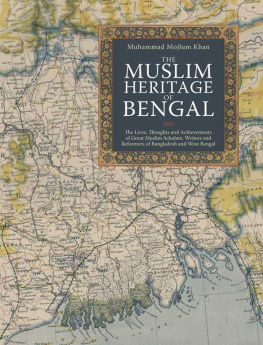
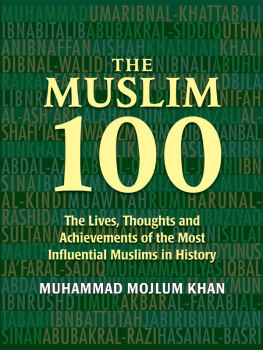
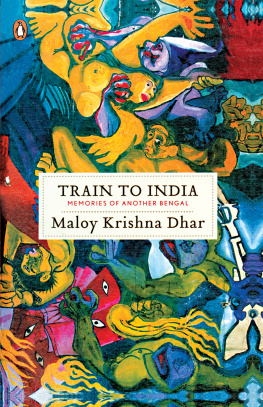
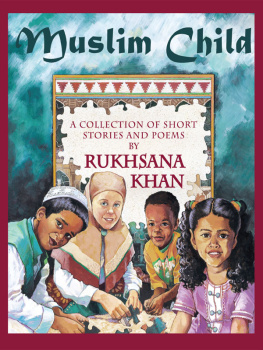
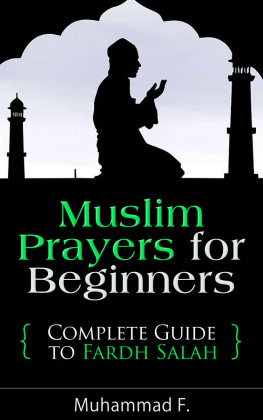


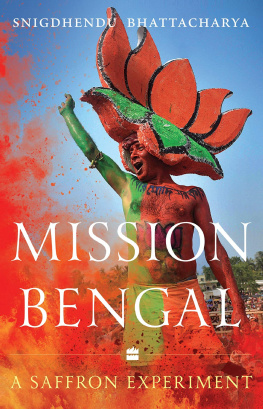
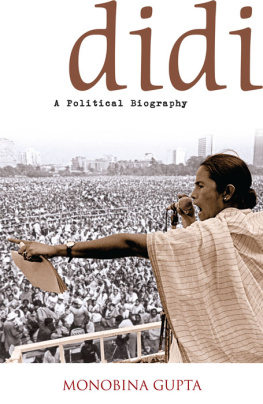
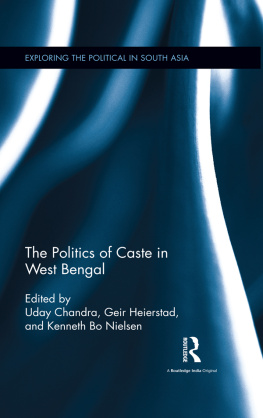
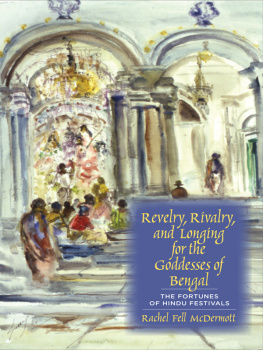




 Illustration: Fatima Jamadar
Illustration: Fatima Jamadar
